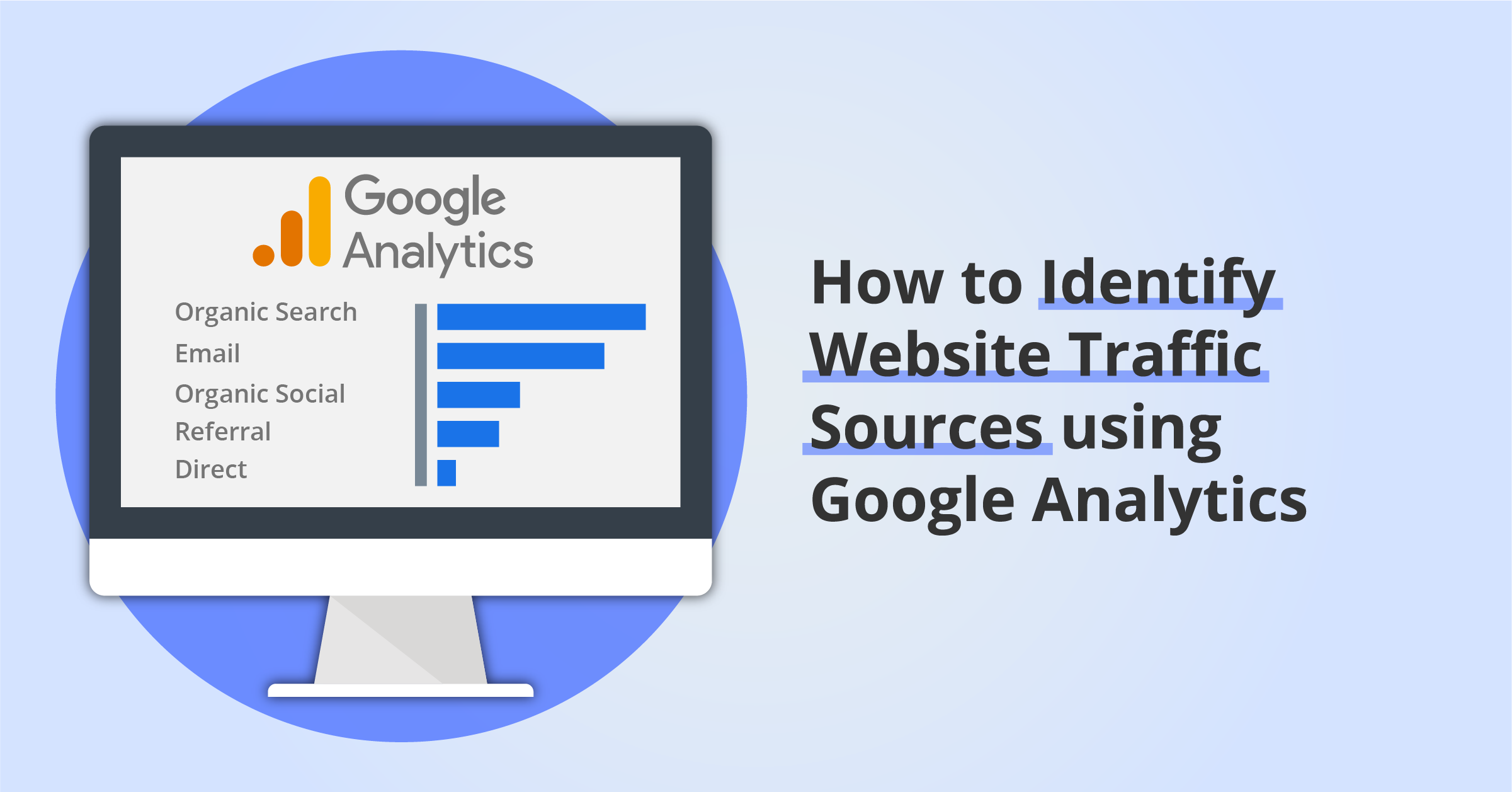Unveiling the Impact of Second Dimension in Google Analytics on Information Analysis and Insights
In the realm of information analytics, the use of secondary dimensions within Google Analytics has emerged as a crucial tool for extracting deeper insights and unraveling complex patterns that could otherwise stay obscured. By peeling back the layers of main information collections, secondary dimensions provide a nuanced perspective that enhances the understanding of individual habits, web site performance, and the efficiency of advertising and marketing approaches.
Discovering the Principle of Second Measurements
Additional measurements in Google Analytics give extra understandings by permitting individuals to examine key data in combination with a second feature. By including second dimensions, customers can delve much deeper right into the data and reveal important relationships that might otherwise go undetected - what is a secondary dimension in google analytics.
By checking out the various secondary dimensions offered in Google Analytics, customers can open brand-new insights and enhance their digital marketing efforts. In essence, secondary dimensions offer as an effective device for enhancing data analysis and driving workable results.
Enhancing Information Interpretation With Second Dimensions
Having actually developed the foundational understanding of second measurements in Google Analytics and their crucial role in data evaluation, the emphasis now changes in the direction of leveraging these secondary credit to enhance the analysis of analytics data (what is a secondary dimension in google analytics). By incorporating second dimensions into information evaluation, analysts can acquire deeper insights right into user behavior, site performance, and advertising efficiency

Furthermore, second dimensions assist in contextualizing main data metrics by providing additional layers of information. This contextualization aids in comprehending the 'why' behind the data patterns, helping analysts make informed choices and optimizations to enhance overall efficiency. Inevitably, integrating secondary measurements enriches the information interpretation procedure, causing more meaningful insights and calculated actions.
Revealing Hidden Insights Via Additional Dimensions
Checking out the depths of analytics data with secondary dimensions discloses valuable understandings that would certainly or else stay obscured. By incorporating secondary dimensions in Google Analytics, services can unearth concealed patterns, trends, and relationships that offer an even more extensive understanding of individual actions and site efficiency. These added layers of data permit analysts to dig deeper right into the main measurements, such as web traffic resources or touchdown pages, see here now and get a more nuanced viewpoint on exactly how different variables connect with each other.
Through the use of second dimensions, analysts can section and contrast information across various dimensions, enabling them to determine details factors that influence customer interaction, conversion rates, and general success metrics. By matching the key measurement of 'tool classification' with the secondary measurement of 'age team,' marketing professionals can identify which age demographics like accessing the site via mobile devices versus desktops. This degree of granularity equips businesses to make data-driven decisions and enhance their methods for far better outcomes. Inevitably, uncovering covert insights through second measurements improves the depth and accuracy of information evaluation, bring about more informed decision-making and enhanced efficiency outcomes.
Leveraging Secondary Measurements for Actionable Analytics
Structure upon the insights unveiled via secondary measurements in Google Analytics, businesses can currently harness this enriched data landscape to drive actionable analytics and strategic decision-making. By leveraging additional dimensions, organizations can dig much deeper into their data to extract important patterns, fads, and correlations that may have previously gone undetected. This much deeper degree of evaluation enables organizations to get an extra detailed understanding of customer habits, project performance, and overall site performance.
One secret advantage of making use of secondary dimensions for workable analytics is the ability to section information based upon certain criteria. This division permits businesses to customize their methods and campaigns to different target market groups, causing more targeted and efficient advertising initiatives - what is a secondary dimension in google analytics. Additionally, secondary measurements give a more holistic sight of customer interactions, enabling services to enhance their internet site web content, layout, and overall user experience
Taking Full Advantage Of Decision-Making With Second Dimensions
To improve strategic decision-making in analytics, leveraging second measurements in Google Analytics can provide a much more nuanced perspective on user behavior and campaign performance. By integrating secondary dimensions right into data evaluation, companies can dive deeper right into the specifics of their site visitors' communications and engagement patterns. This added layer of info allows for a much more comprehensive understanding of how different variables, such as demographics, gadgets, or web traffic resources, influence crucial efficiency indications.

Verdict
In verdict, using second dimensions in Google Analytics plays a vital role in boosting data evaluation and uncovering concealed insights. By discovering this concept, one can get a much deeper understanding of individual actions and make informed choices based on workable analytics. Leveraging additional measurements permits a more detailed interpretation of data and optimizes the effectiveness of decision-making procedures.
